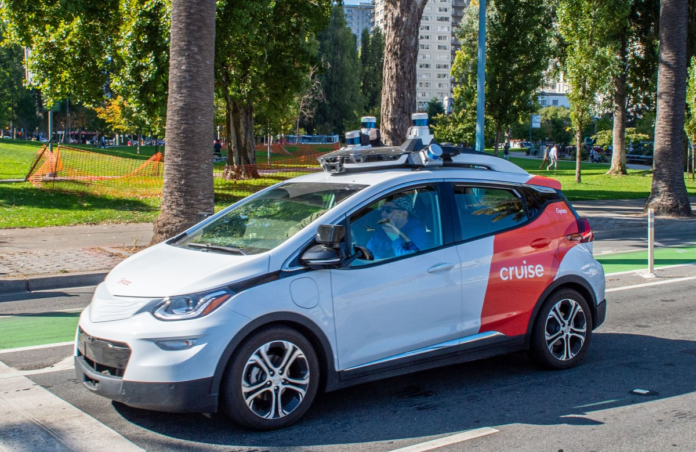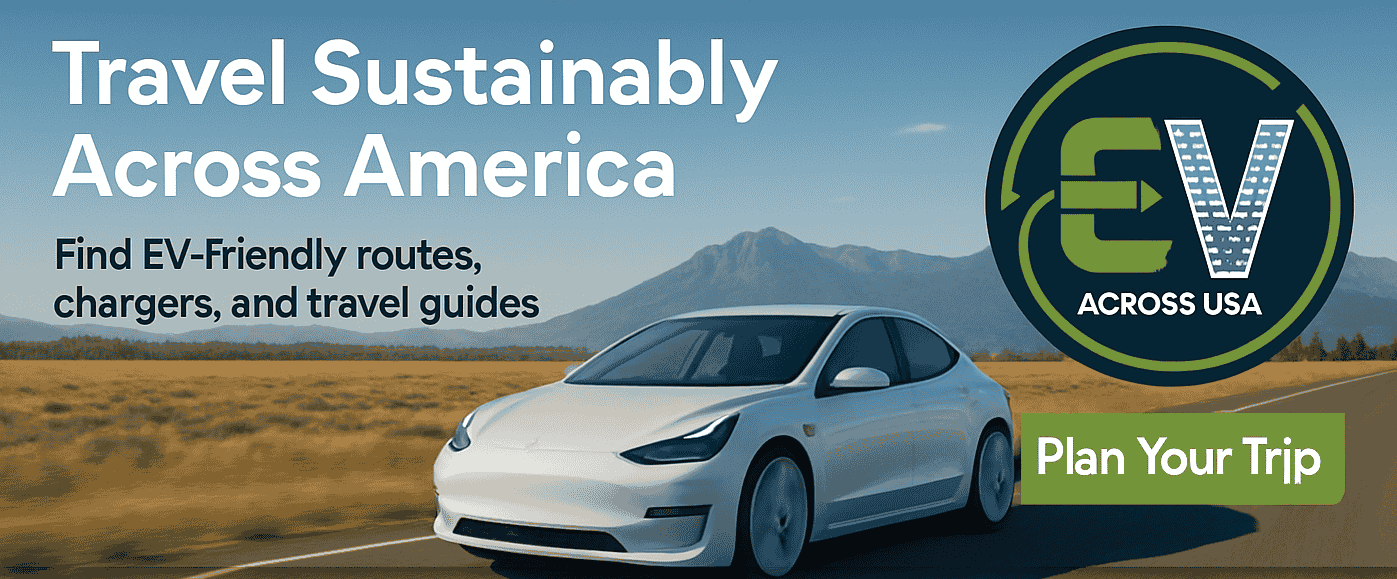Cruise, the autonomous vehicle unit of General Motors, has admitted to submitting a false report with the goal of influencing a federal investigation into a safety incident last year. In penance, the company will pay a $500,000 criminal fine as part of a deferred prosecution agreement, per the Department of Justice (DOJ).
This is one of several state and federal fines Cruise has been hit with after omitting crucial information related to that October incident, during which a Cruise robotaxi ran over a pedestrian who had been flung into its path after being hit by a human-driven car. The autonomous vehicle then proceeded to drag the pedestrian some 20 feet in an attempt to pull over, information that Cruise did not immediately share with regulators.
In June, Cruise agreed to pay $112,500 to the California Public Utilities Commission to avoid litigation and bring the dispute “to a close.” Three months later, the National Highway Traffic Safety Administration (NHTSA) slapped Cruise with a $1.5 million penalty.
The Securities and Exchange Commission is also investigating the incident.
As part of its agreement with the DOJ, Cruise must work with government investigations, implement a safety compliance program, and provide the U.S. Attorney’s Office with annual reports on implementation and remediation.
If Cruise fails to meet its obligations during the three-year agreement period, the government can proceed with prosecution of the charged offense.
“Today’s deferred prosecution agreement holds Cruise and its employees accountable for their lack of candor in a federal regulatory compliance action,” Cory LeGars, special agent-in-charge at a U.S. Department of Transport oversight agency, said in a statement.
Cruise has taken many hits – financial and otherwise – since the incident. Cruise lost its permits to operate commercially in California and grounded its fleet around the country. Parent company General Motors slashed Cruise expenditures and took a firmer hand in controlling the company, which included a 24% layoff of its workforce and the departures of top leadership, including co-founder and CEO Kyle Vogt.
And while Cruise resolved its investigation into this incident with NHTSA, the agency is still investigating whether Cruise’s robotaxis deal with pedestrians safely enough. In August, Cruise recalled nearly 1,200 robotaxis to resolve an issue with unexpected braking.
Still, Cruise continues trying to make a comeback. The company relaunched supervised autonomous driving in the Bay Area, Dallas and Phoenix, and has a deal with Uber to bring Cruise robotaxis to the ride-hail app in 2025.



